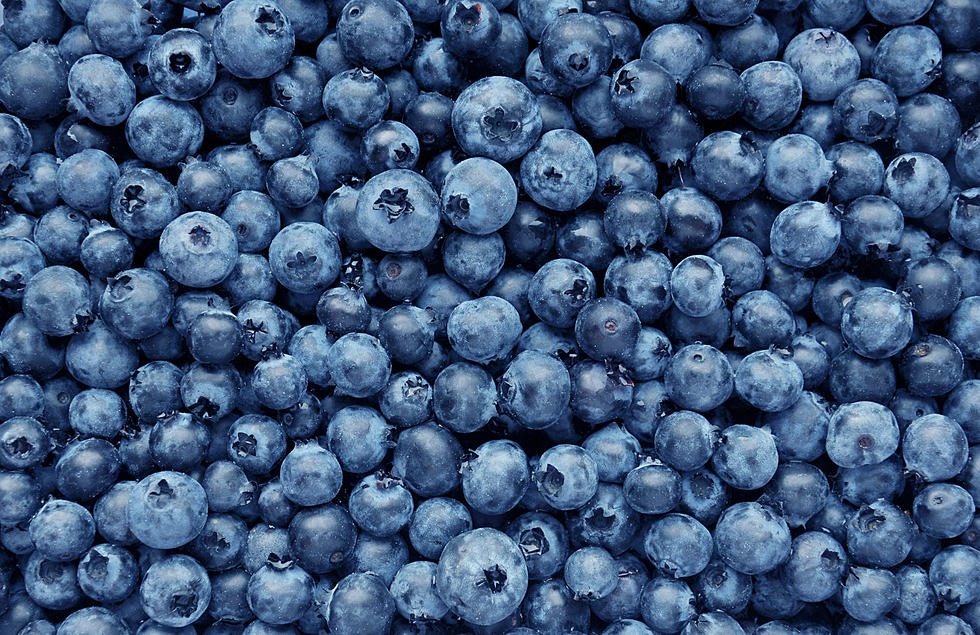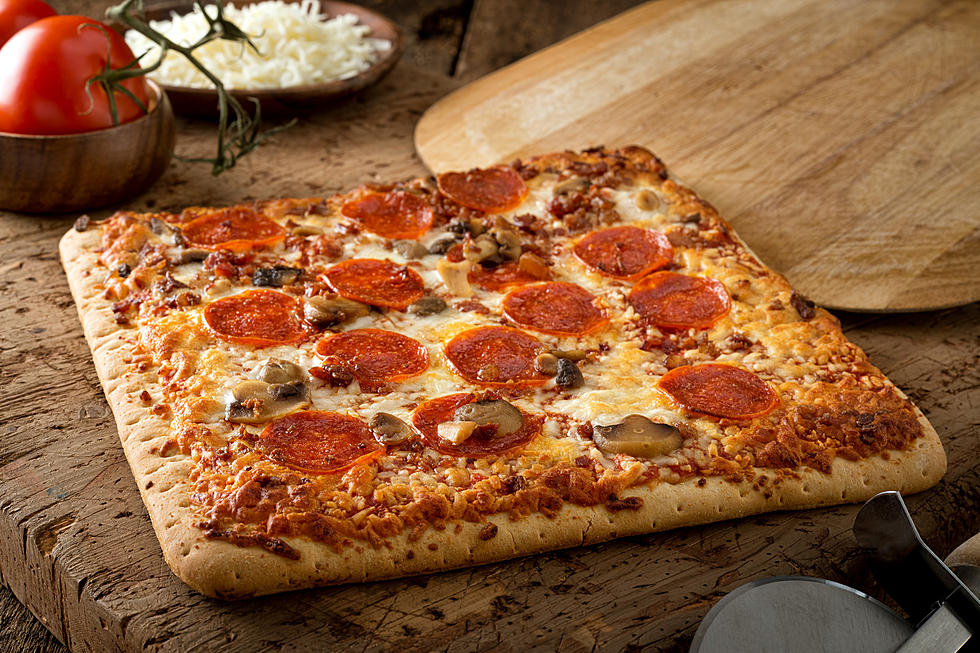
What Are The New Standards For Gluten Free Food Labels? Food And Drug Administration’s Rule Changes Go Into Effect Today
With a growing number of people on gluten-free diets for a number of reasons, it was only time before the Food and Drug Administration was forced to standardize the way that foods are labeled as such on grocery store shelves.
Those new standards go into effect today.
Under a rule announced a year ago, food manufacturers had until today (August 5, 2014)to ensure that anything labeled gluten-free contains less than 20 parts per million of gluten - ensuring that those products are technically free of wheat, rye and barley. That amount is generally recognized by the medical community to be low enough so that most people who have celiac disease won't get sick if they eat it.
Currently, wheat must be labeled on food packages but barley and rye are often hidden ingredients.
Gluten affects consumers in different ways and many people find relief from digestive problems by eliminating it from their diets.
Celiac disease causes abdominal pain, bloating and diarrhea, and people who have it can suffer weight loss, fatigue, rashes and other long-term medical problems. Celiac is a diagnosed illness that is more severe than gluten sensitivity, which some people self-diagnose.
To learn more click here.
More From KOOL 101.7









